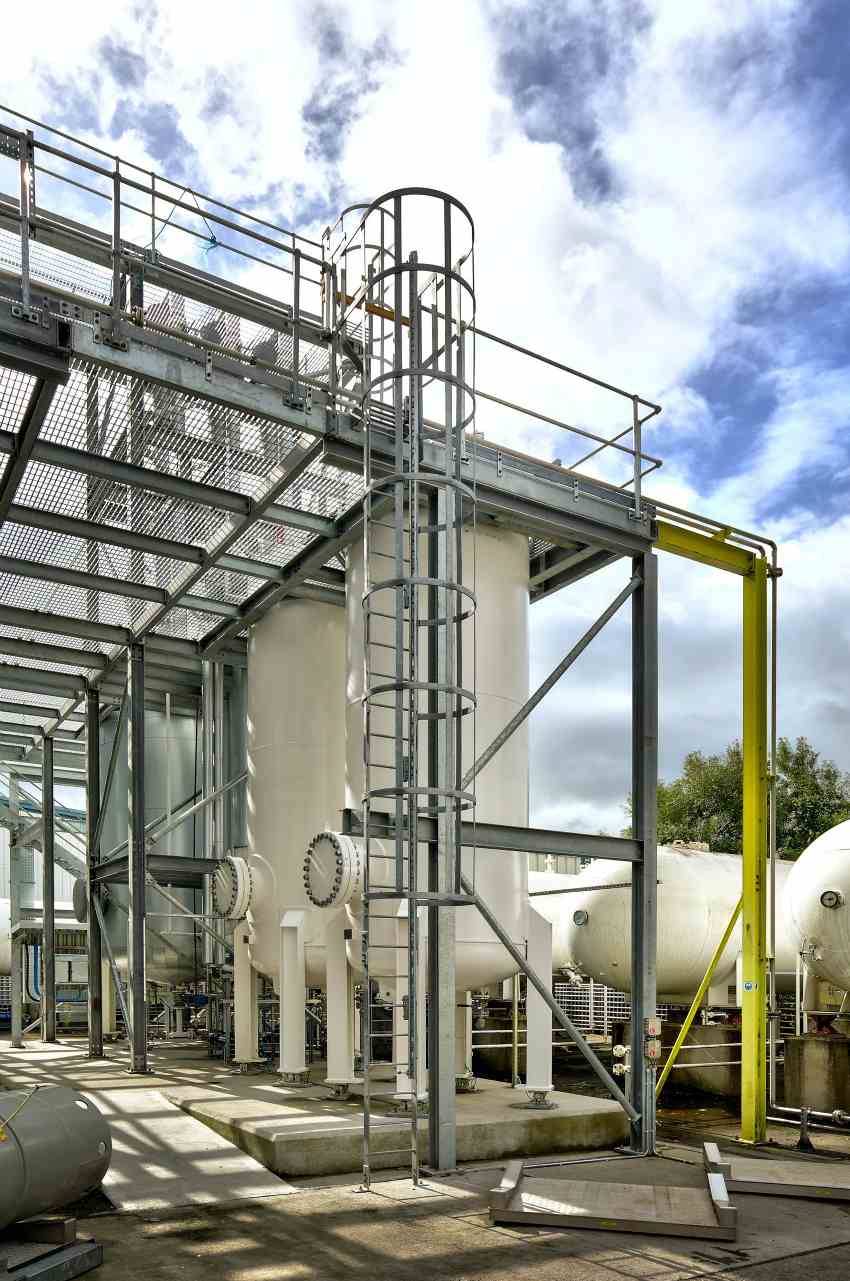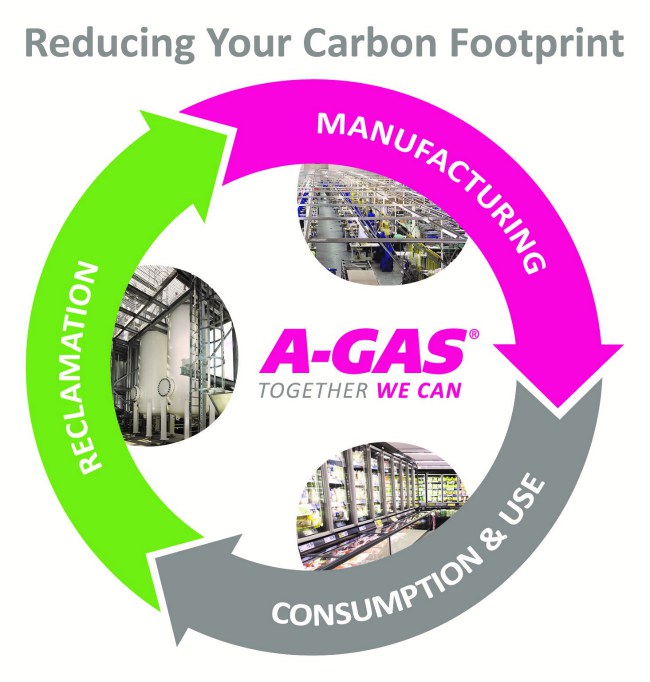04 December 2019
|
|
A-Gas Commercial Director Enzo D’Alessio explains how reclaimed refrigerant can help lower the carbon footprint for customers.
When installing a new refrigeration system there are many aspects to consider in the mind of the customer. Cost is usually the most significant but Global Warming Potential, energy efficiency and sustainability may also feature in their thinking. This is a shift change and one that’s emerged as regulatory and societal pressures on lowering carbon emissions begin to have a greater influence on our industry. |
|
There is growing evidence that more end-users realise the importance of improving their green footprint. They are doing so because their customers are demanding this from them.
The big supermarkets have been quick to see the benefits and it is no surprise that they have responded faster than most to meet the low GWP challenge by switching to the new wave of refrigerants emerging on the market. As a consequence, the sale of virgin of R404A has been consigned to the refrigeration history books. Supermarkets understand that many of their customers want to know the provenance of the goods and services they depend on. Getting this right and understanding the value of this can translate into more sales and higher profit margins. Detailed analysis New ways of measuring the impact of refrigeration are emerging as users move away from the one-dimensional TEWI (Total Equivalent Warming Impact) and towards multi-dimensional approaches that take into consideration the financial impact of installing and operating a system. We live in a rapidly changing world and customer pressure can be good for business. More of us are becoming aware that making detailed analysis, deciding on a suitable solution and cutting CO2 emissions is a positive and necessary path to follow as we look to create a world that is kinder on the environment. Sustainability is growing in importance as we reduce our carbon footprint at home and in the way we do business. By mid-2021 it is likely there will be less than half the amount of refrigerant available on the market than there was in 2015. Innovation in the development of new refrigerants has reduced the impact of the F-Gas Regulations and the UK is a shining example to the rest of the world of what can be achieved in such a short space of time. We are only weeks away from a ban on refrigerants with a GWP of more than 2500 in stationary systems (except below -50°C). A service ban will also come into effect on refrigerants with a GWP of more than 2500 where the charge size is greater than 40 tonnes of CO2 – that’s 10kgs of R404A. You can be sure that these measures will have a major influence on the refrigeration and air conditioning industry in the months and years ahead. Evidence suggests that a significant amount of retrofitting is taking place and the use of reclaimed gases is emerging as a viable alternative for contractors and end users who are looking for a breathing space on this. Using reclaimed refrigerant is a direct way of lowering the carbon footprint of your customers. Reclaimed refrigerant is a gas that has been reprocessed by a licensed facility to the industry standard AHRI 700 to match the quality of virgin product. It is refrigerant that is purified, certificated and guaranteed. Better use Reclaimed refrigerant sent to our reprocessing centres has been recovered from the market, is reprocessed and then returned to the supply chain for further use. At Portbury near Bristol this used refrigerant undergoes chemical analysis, is cleaned of contaminants and goes through our separation plant to produce a product that matches that of virgin refrigerant requirements. Using reclaimed refrigerant is good for your customers’ carbon footprint. You are re-using raw materials that can be energy intensive and expensive to produce. Reclamation is the opposite to the take, make and dispose business model and shows how we can make better use of what we have already. In our industry, regulation – and to some extent market pressures – have been the driving force behind the development of this new thinking in business and it is through this model that efficiencies can blossom for everyone in the supply chain. In the past three years A-Gas has invested heavily in equipment and plant at home and abroad to offer contractors the opportunity to have their unwanted refrigerant reclaimed and returned to the market. This is working well and our reliance on virgin refrigerants is declining as minimal product is now sent for incineration. Reclamation has reduced our reliance on the supply of virgin material. This means that the quantity of virgin refrigerants manufactured no longer has to be at the same historic high levels. This has been driven by legislation but it is also a business model that can benefit all of us. We now have to build on the progress made and making the switch to reclaimed refrigerants is a way engineers can reduce the carbon footprint of their business and their customers, while they wait to see which new refrigerants emerge. www.agas.com |
Content continues after advertisements










